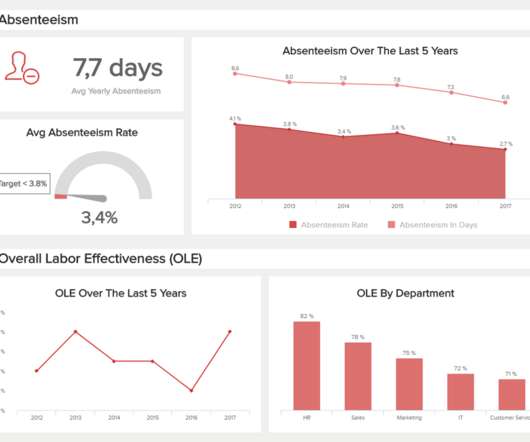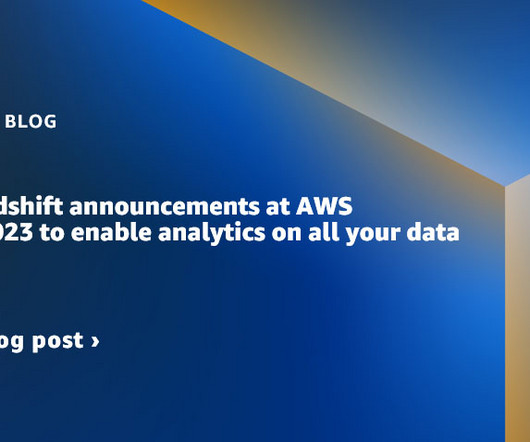Quantitative and Qualitative Data: A Vital Combination
Sisense
OCTOBER 6, 2020
Let’s consider the differences between the two, and why they’re both important to the success of data-driven organizations. Digging into quantitative data. This is quantitative data. It’s “hard,” structured data that answers questions such as “how many?” The challenge comes when the data becomes huge and fast-changing.














Let's personalize your content